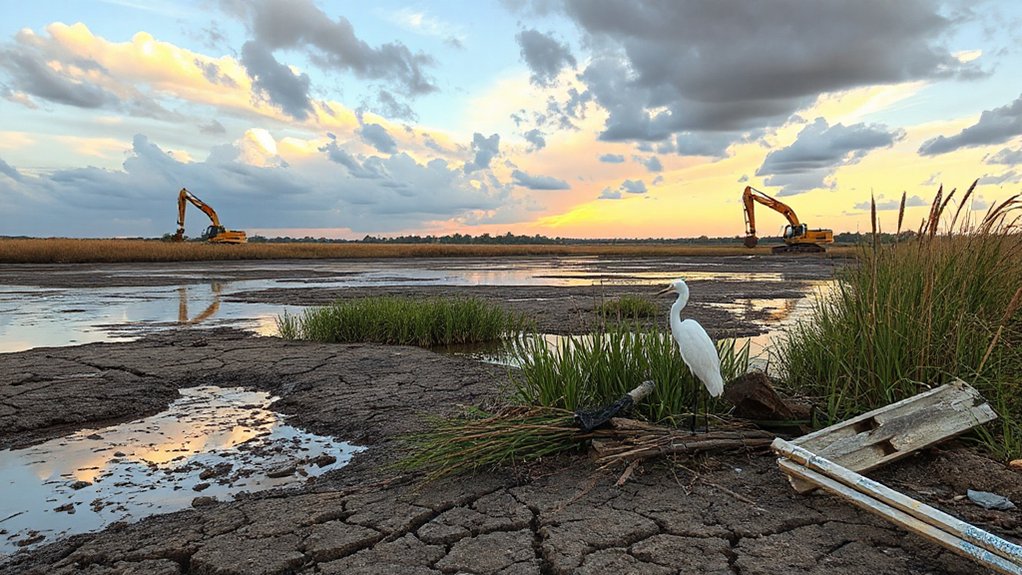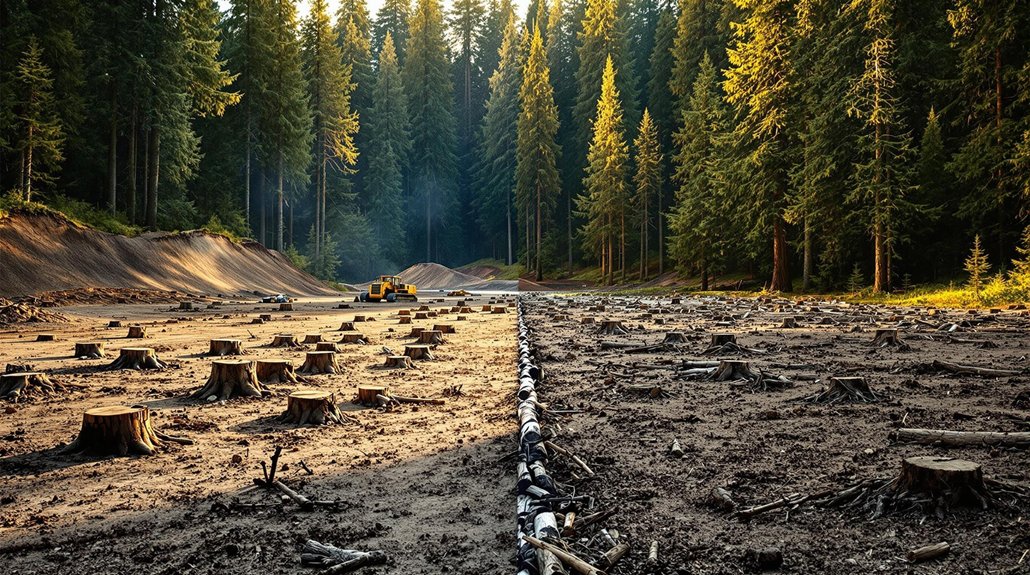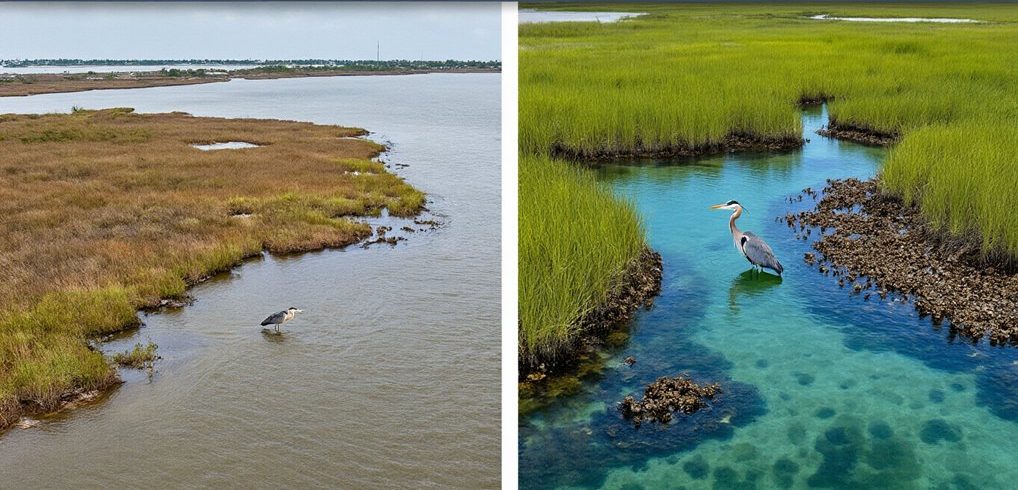While most Americans were distracted by the holidays, Senate Republicans quietly slipped a massive public land sale into Trump’s tax bill. The “One Big Beautiful Bill Act” sounds like something from a reality TV show, but it’s real legislation that could auction off up to 3 million acres of your public lands.
Here’s the deal. To pay for tax cuts and chip away at the $36 trillion national debt, senators want to sell land managed by the Bureau of Land Management and U.S. Forest Service. The Wilderness Society ran the numbers—over 250 million acres could technically be eligible. That’s a lot of real estate.
The proposal caps sales at 0.5% to 0.75% of BLM and Forest Service holdings. Sounds small, right? Wrong. That’s still 3.04 million acres of grazing land, wildlife corridors, and recreation spots. National parks are safe, but pretty much everything else is fair game.
Three million acres of public land—your land—could be auctioned off to the highest bidder.
Out West, people are freaking out. And they should be. We’re talking about headwaters for major rivers that supply water to millions. Wildlife habitats for endangered species. Places like the Arctic and Owyhee Canyonlands could end up on the auction block. Once these lands are sold, they’re gone forever.
Utah Senator Mike Lee, who’s pushing this thing hard, says it’ll boost local housing and economic development. He frames it as giving communities more control. Critics call that nonsense. They point out these lands generate billions in tourism and recreation revenue while providing irreplaceable ecological benefits.
The timing is classic. Land sales could start this fall if the bill passes. The bill allows interested parties to nominate specific parcels for sale, with state and local municipalities getting first dibs. Conservation groups are scrambling to stop it, warning about lost wilderness and public access. Western lawmakers are caught between constituents who depend on public lands for everything from hunting to hiking. The Water Education Foundation, a nonprofit organization focused on water resources, has joined the chorus of groups sounding the alarm about impacts to Western watersheds.
Eleven Western states would take the biggest hit—Alaska, Arizona, California, Colorado, Idaho, Nevada, New Mexico, Oregon, Utah, Washington, and Wyoming. That’s where most federal lands are concentrated.
Revenue projections remain mysteriously absent. But when you’re selling millions of acres, the numbers add up fast. Whether that justifies trading away America’s natural heritage is another question entirely.
References
- https://www.deseret.com/the-west/2025/06/18/public-land-sale-millions-acres-utah-mike-lee-reconicilation-bill-wilderness-society/
- https://www.watereducation.org/aquafornia-news/blog-water-and-plan-sell-public-land
- https://www.wilderness.org/articles/blog/congress-making-more-250-million-acres-public-lands-available-sale
- https://www.westernwaternotes.com/p/water-and-a-plan-to-sell-off-public?publication_id=1767333&post_id=166252703&isFreemail=true&r=17qye&triedRedirect=true
- https://www.americanprogress.org/article/what-to-know-about-the-senates-public-lands-sell-off/








